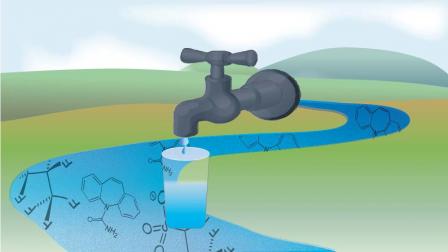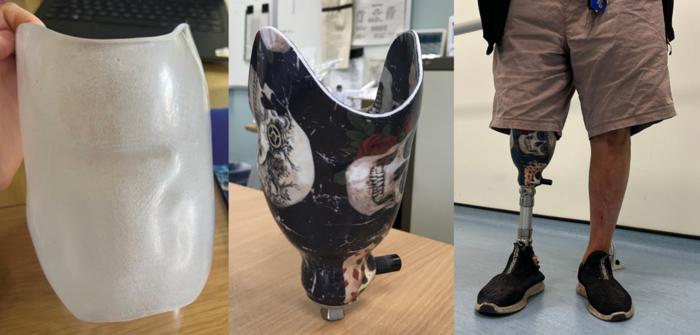A recent study unveiled at the American College of Surgeons (ACS) Clinical Congress 2023 has introduced an AI-based tool to assess the long-term survival prospects of newly diagnosed cancer patients.
Traditionally, the estimation of survival rates in cancer patients has primarily relied on their cancer stage, as explained by the study’s lead author, Dr. Lauren Janczewski, a clinical scholar at ACS Cancer Programs and a general surgical resident at Northwestern University McGaw Medical Center, Chicago.
However, Dr. Janczewski emphasized that numerous other factors beyond staging criteria can significantly impact a patient’s survival. The researchers aimed to address this by creating the Cancer Survival Calculator, a tool designed to provide a more personalized prognosis for cancer patients.
Leveraging machine learning, a form of artificial intelligence, a collaborative team from multiple medical centers developed the Cancer Survival Calculator and put it to the test using a national cancer database. Initial trials focused on estimating the five-year survival rates for patients diagnosed with breast, thyroid, and pancreatic cancers.
The study’s primary objective, as Dr. Janczewski explained, was to identify the patient, tumor, and treatment attributes that exert the most substantial influence on the survival of individuals with each cancer type.
To achieve this, the research team gathered pertinent data from patients diagnosed with breast, thyroid, and pancreatic cancers in 2015 and 2017, following recommendations from cancer experts. The patient records were sourced from the National Cancer Database (NCDB), encompassing records for 72 percent of newly diagnosed cancer cases in the United States.
Three-quarters of the collected data were used to train the machine learning algorithms to discern patterns between diagnosis-related characteristics and patients’ survival over a five-year period. The algorithms were then utilized to rank the factors that held the greatest sway over survival. The remaining data were employed to assess the accuracy of the prototype in estimating survival rates.
- Press release







